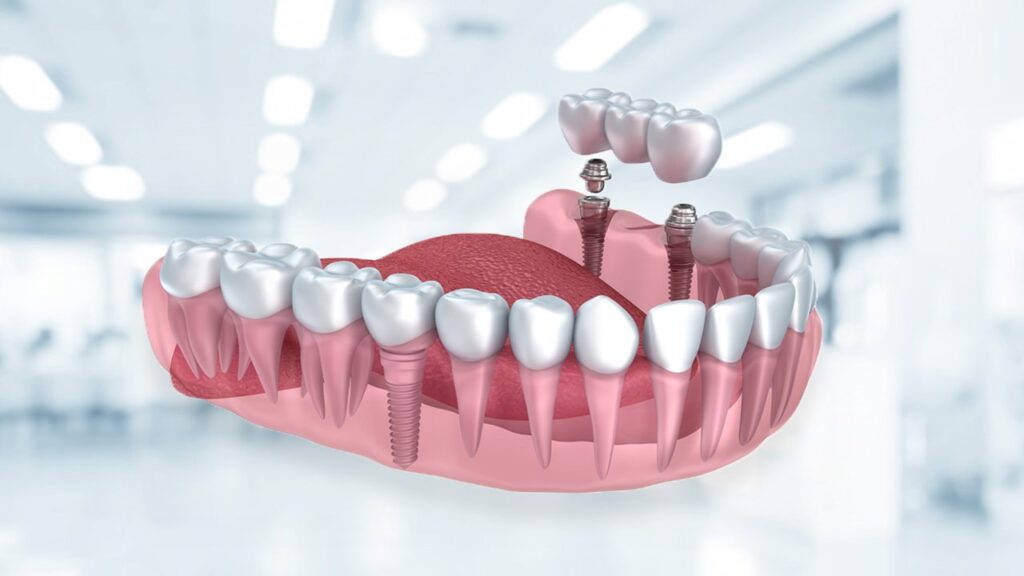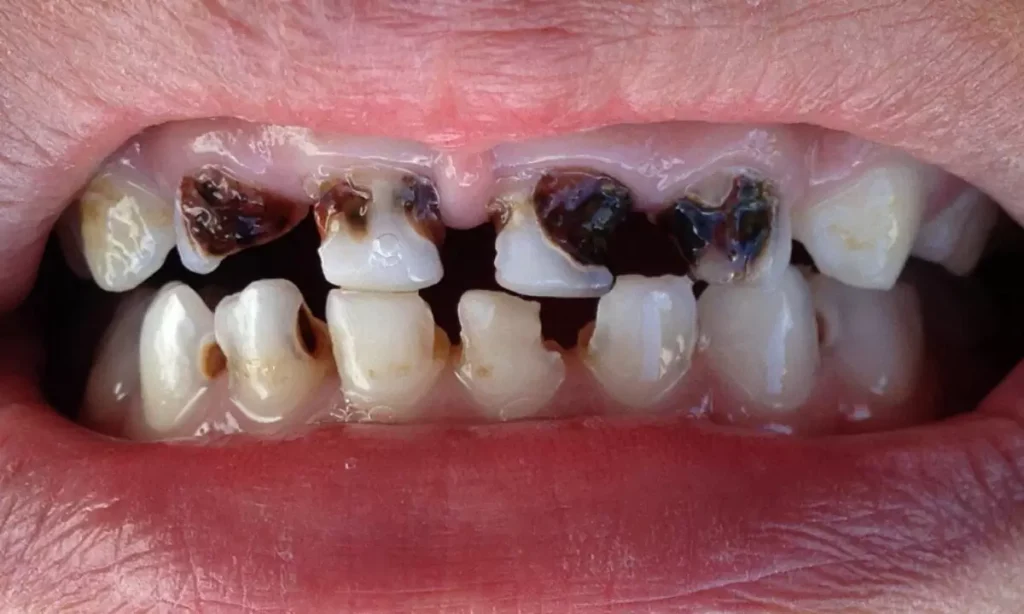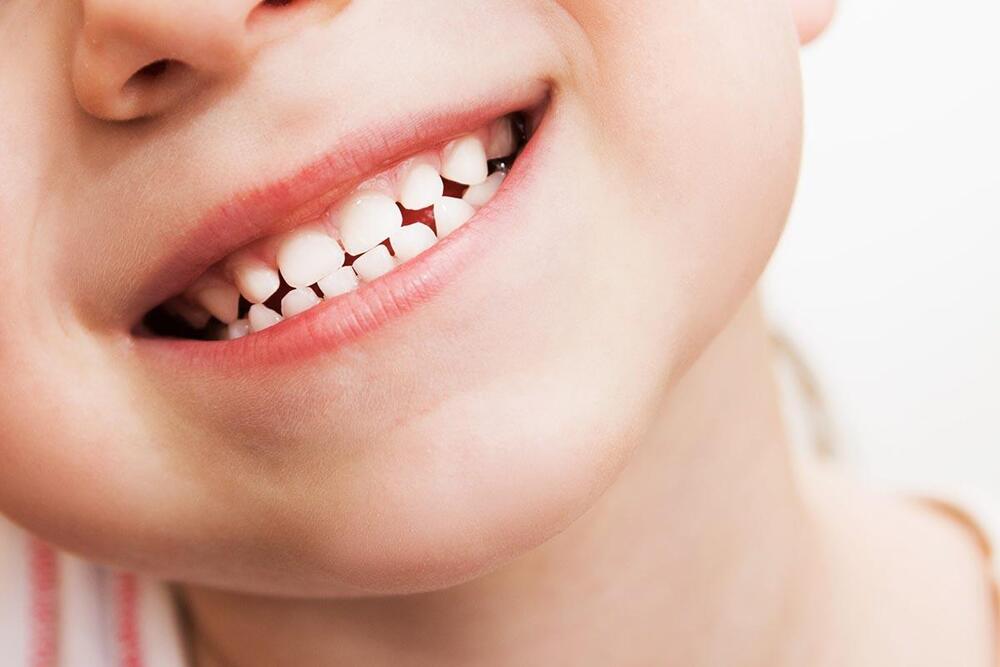Dental implants are typically placed in two separate procedures; the first involves the implant itself being placed into the existing gap. The second procedure involves tooth extraction, bone preparation, and then, after a few months, the new implant tooth is placed.
The procedure is usually performed in your dentist’s office under local anesthesia. The anesthesia used for tooth extraction is sufficient for this procedure. If you have any fear of this procedure, your dentist may offer a sedative to help you relax, especially if you feel particularly anxious about the treatment.
Who Can Get Dental Implants?
Dental implants are suitable for most adults who are in good general health and have healthy gums. They are not suitable for children and teenagers under 18 years of age because the underlying bones are still growing. Your dentist may not recommend dental implants in the following cases:
- If you smoke
- If you have received radiation therapy to the jaw area
- If you have poorly controlled diabetes
- If you suffer from periodontal (gum) disease However, each case is different. Be sure to inform your dentist of any medical conditions you have so they can determine whether implants are an option for you. The goal of modern dentistry is to restore both the function and comfort of the oral region, as well as oral health.
Whether replacing a missing tooth or treating a decayed tooth, the dentist’s principle is always to strive for ideal restoration by eliminating wear, disease, and damage to the jawbone.
The most popular treatment for tooth loss today is dental implants. The reason for this is the increasing demand for dental treatments day by day. The reasons for this increase include:
- The elderly population living longer
- Age-related tooth loss
- Patients no longer preferring fixed prostheses, meaning they do not want to cut the teeth next to the missing tooth.
- Deformation of removable prostheses over time, which can even deform and decay the teeth adjacent to them.
- The psychological consequences of tooth loss in individuals
- Patient satisfaction with implant-supported prostheses
- The advantages of implant-supported prostheses
- Problems encountered in completely edentulous patients
- Erosion of the supporting bone width and height over time
- Deformation of the gums over time
- The tongue not fitting in the mouth as it grows over time
Exposure of blood vessels and nerve networks in certain areas, leading to pain and sensitivity The Psychological Aspect of Tooth Loss The psychological effects of complete tooth loss are generally complex and can vary psychologically. Patients may reject the aesthetic loss caused by complete tooth loss while also feeling uncomfortable with the discomfort caused by the prostheses when they wear them.
In contrast, 80% of patients treated with implant-supported prostheses reported improved psychological health compared to traditional removable prostheses, feeling that implant-supported prostheses are part of their bodies.
Some patients with obsessions and those who have a reflex nausea response find comfort in using these prostheses when the palate is empty. Results of Removable Prostheses
Removable prostheses, which are inserted and removed, are generally not preferred by patients. Because this type of prosthesis is uncomfortable for patients due to the discomfort it causes when eating and the discomfort it creates in the supporting tissue. They sometimes cause discomfort and pain in the gums by causing irritation. In addition, removable prostheses used in completely edentulous patients are not very comfortable for patients due to their movements in the mouth while eating and speaking. Especially the part close to the tongue in the lower jaw constantly moves and shifts. Advantages of Implant-Supported Prostheses The primary purpose of placing implants in the jawbone is also to preserve the jawbone. Thanks to its threaded structure, the implant creates a small massage effect when chewing, helping to stimulate blood flow and nourishment to the jawbone. Implants protect the jawbone, especially in individuals with bone loss. Instead of removable prostheses that constantly move due to the pressure of the tongue and cheek, a fixed prosthesis can be created by placing only two implants and a bar on them. Implants allow us to create a prosthesis that will help restore facial support tissue in our patients by preventing the movement of the prosthesis, especially in cases where the prosthesis obstructs chewing in the melted lower jaw. They enable our patients to perceive chewing. Because with its fixed and adherent structure to the jawbone, our patients perceive the jawbone while chewing. They prevent the cutting of teeth on the sides. Adaptation and adjustment to implant-supported prostheses are much faster than other removable prostheses. There is no possibility of irritation to the soft tissue like removable prostheses. Implants placed immediately after tooth extraction preserve the current size of the jawbone.











